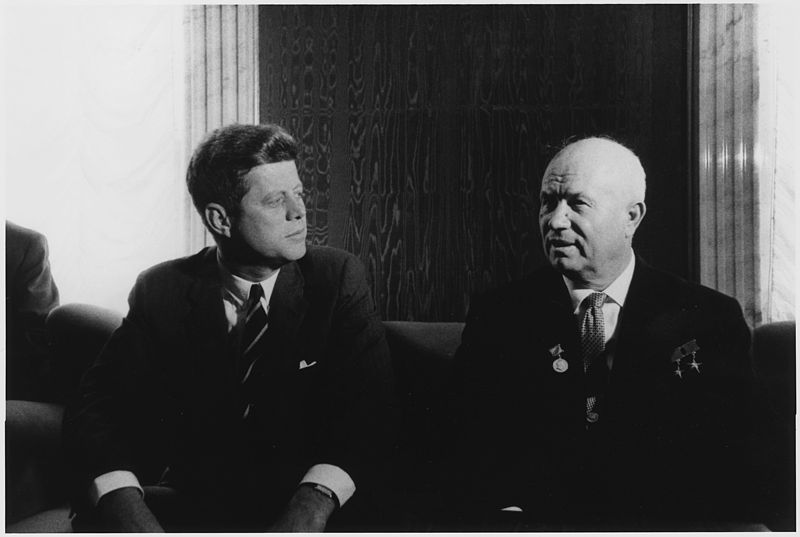Why did the USA and the UN get involved in Korea?


Why did the USA and the UN get involved in Korea?
What happened in Korea?
Stage 1: Background
Stage 2: Northern Invasion
Stage 3: UN Reaction
Stage 4: Battle
Stage 5: Solutions
What were the consequencs of the Korean War?
How successful was the UN in Korea?
Unsuccessful:
Successful:
Was the UN just a puppet of the USA during the Korean War? Yes: · 90% of all army personnel, 93% of all air power and 86% of all naval power was from the USA · $12bn from USA alone · It was Truman who fired MacArthur, not Trygve Lie · There was no reason for the UNO to get involved in N.Korea – the USSR argued it was a civil war and, as N.Korea were not even permitted a seat in the UN General Assembly, they were not within the UN’s remit. · Acted incredibly fast – within a month – this seemed an indication of US urgency. · Failed to hold elections immediately after WW2 No: · Trygve-Lie had to act quickly in order to show the UN was not the LON · The North Koreans had attacked the S.Koreans—this was a breach of peace

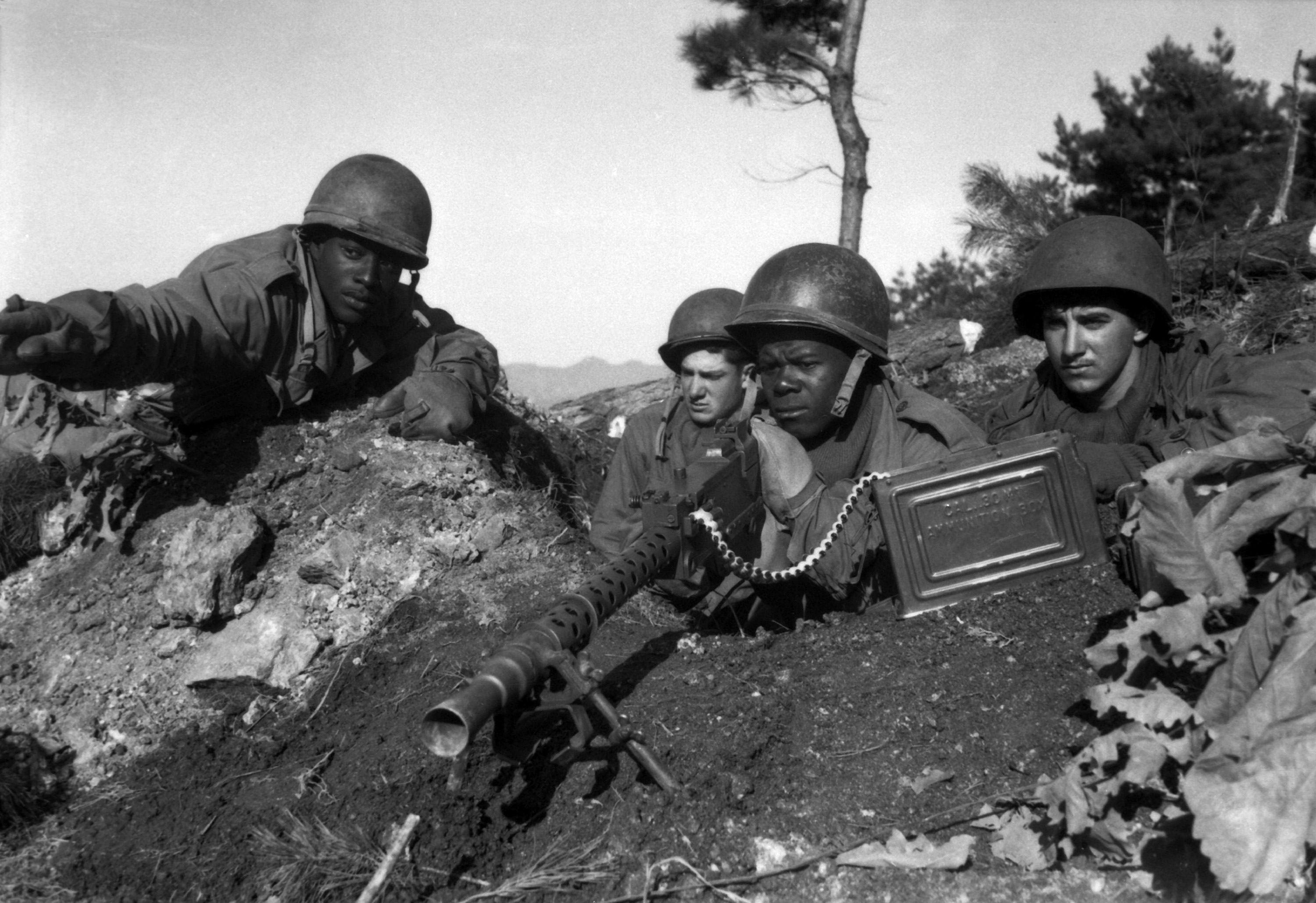
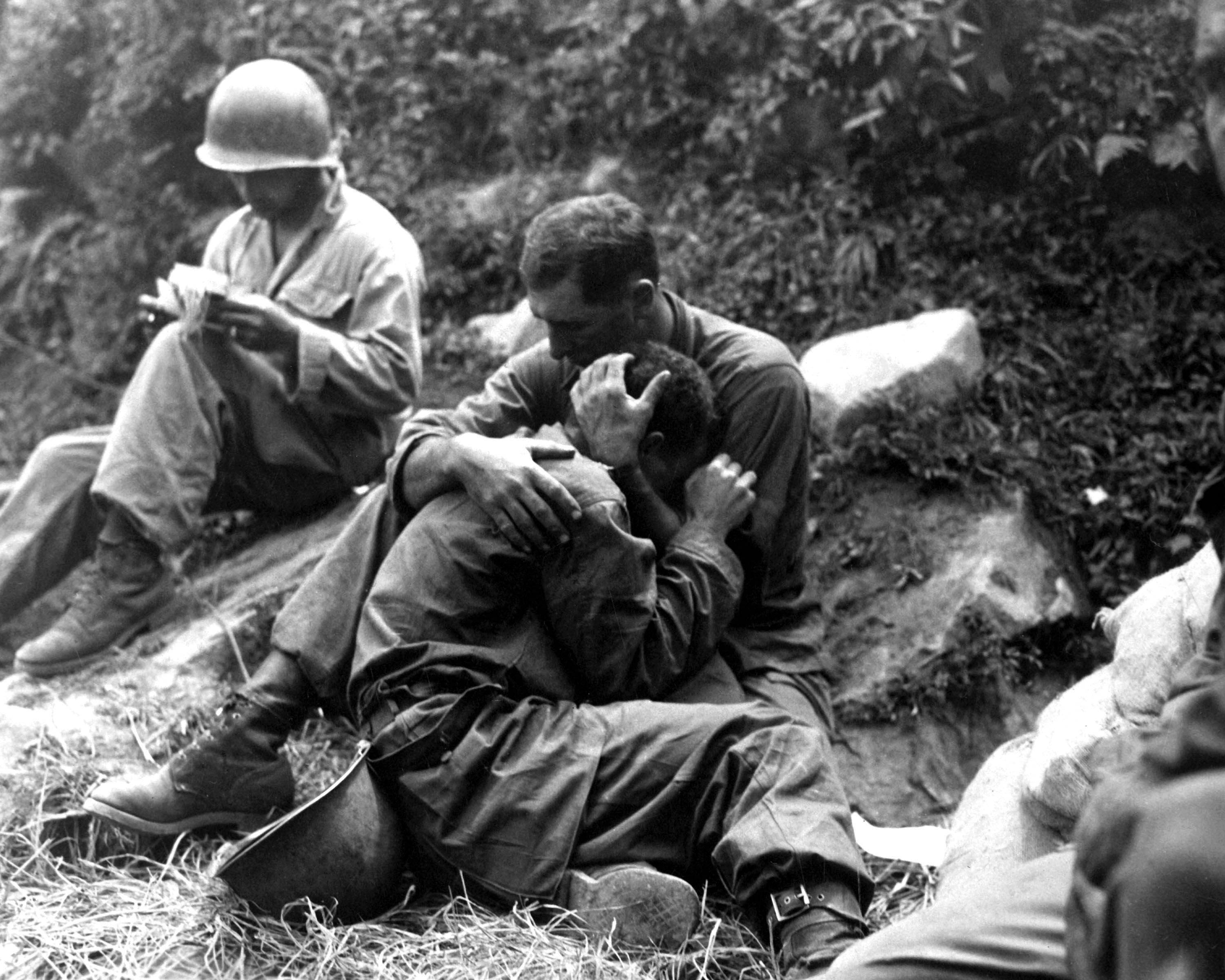
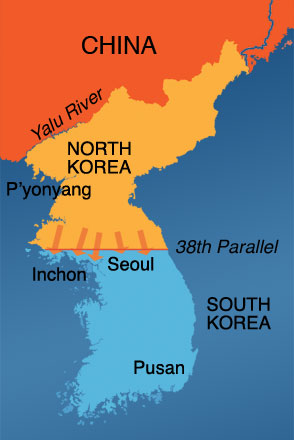
Arms Race and Berlin Wall
Mutually Assured Destruction (MAD) - the term given to the idea that because the two superpowers had equally powerful weapons, neither would attack the other, for both would be destroyed if they did.
The Berlin Wall
· Built by the USSR in 1961, E.Berlin to totally cut it off from the West and to stop ‘brain drain’ from East to West. (3m by 1961)
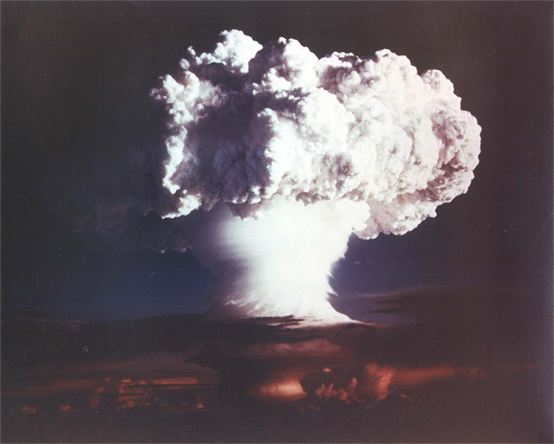
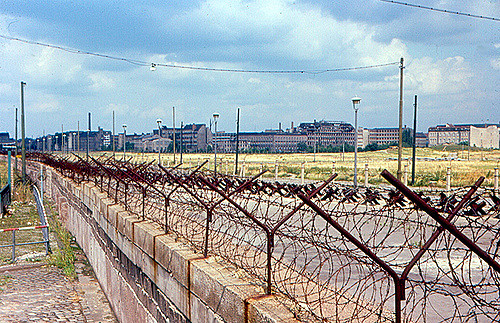
Background
The first real test of this post-Stalin/Truman era came in Cuba in 1963. The Cuban Missile Crisis - as it came to be known - can be split into different sections, starting before the 60s with the Cuban Revolution.
First, it is important to understand that Cuba was Communist. Lying just 90km from the US, Cuba had become Communist under Fidel Castro. Before him, General Fulgencio Batista ruled as a dictator. He was very unpopular but had close relations with the United States, who used Cuba as a playground for their rich and famous. Cheap casinos and big houses for the US, but shortages and hardship for the locals.
In 1953, Castro attempted to overthrow Batista by invading the army barracks with a small band of men. He failed. Epic Failure. This was followed by an 18 month jail stint... and then another attempt...and more failure.
By 1959 his guerrilla tactics won out and he toppled the government. He - along with Che Gueverra - quickly unhooked Cuba's reliance on the USA by signing a sugar trade agreement with the USSR, which gave him thousands of military supplies too.. He drew up plans to nationalize all of the country, and evicted the rich Americans that lived there. America had a Communist neighbour.
Bay of Pigs
Cuban Missile Crisis
Why did the USSR put missiles on Cuba?

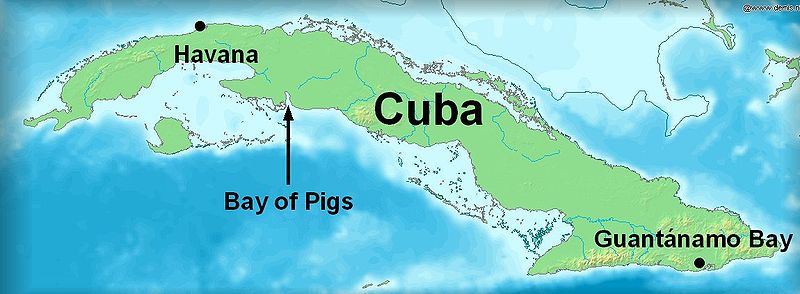

Background
The Cuban Missile Crisis had rocked the USA. Meanwhile however, over on the other side of the world, in Vietnam, another epic struggle was taking shape. The spotlight of the Cold War would move to the Far East.
Whilst Cuba had been the spotlight for some time, Vietnam had also been given attention by the USA. After China became Communist in 1953 the Domino Theory became part of Containment strategy
Domino Theory: The belief that if one country fell to Communism, others would quickly follow. Containment was needed to therefore ensure Communism did not spread. This belief made the Cold War global but ensured figting did not erupt within already-Communist countries. First came to play under President Eisenhower and the Korean War.
Vietnam: A Brief History
Key moments of the Vietnam War
Why did the USA get involved in Vietnam?
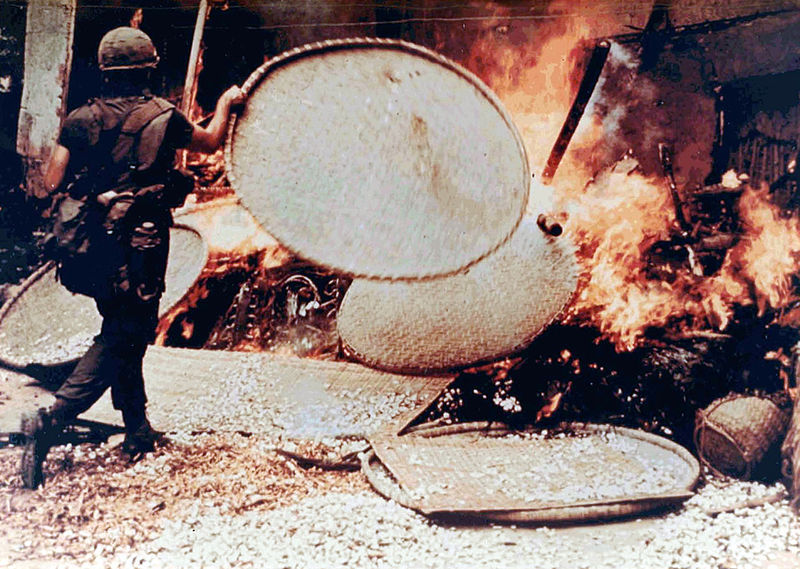
How was the war in Vietnam fought?
Vietcong
USA
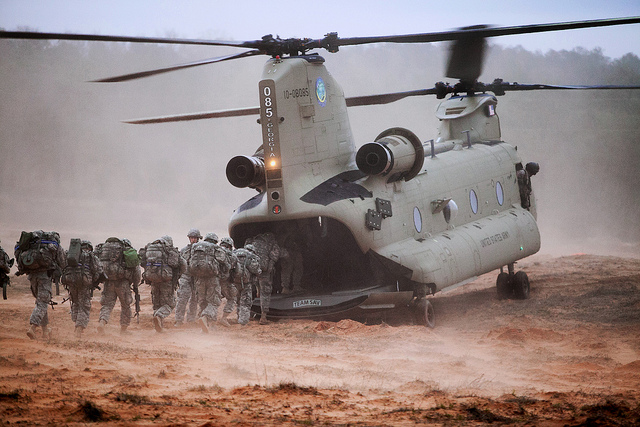
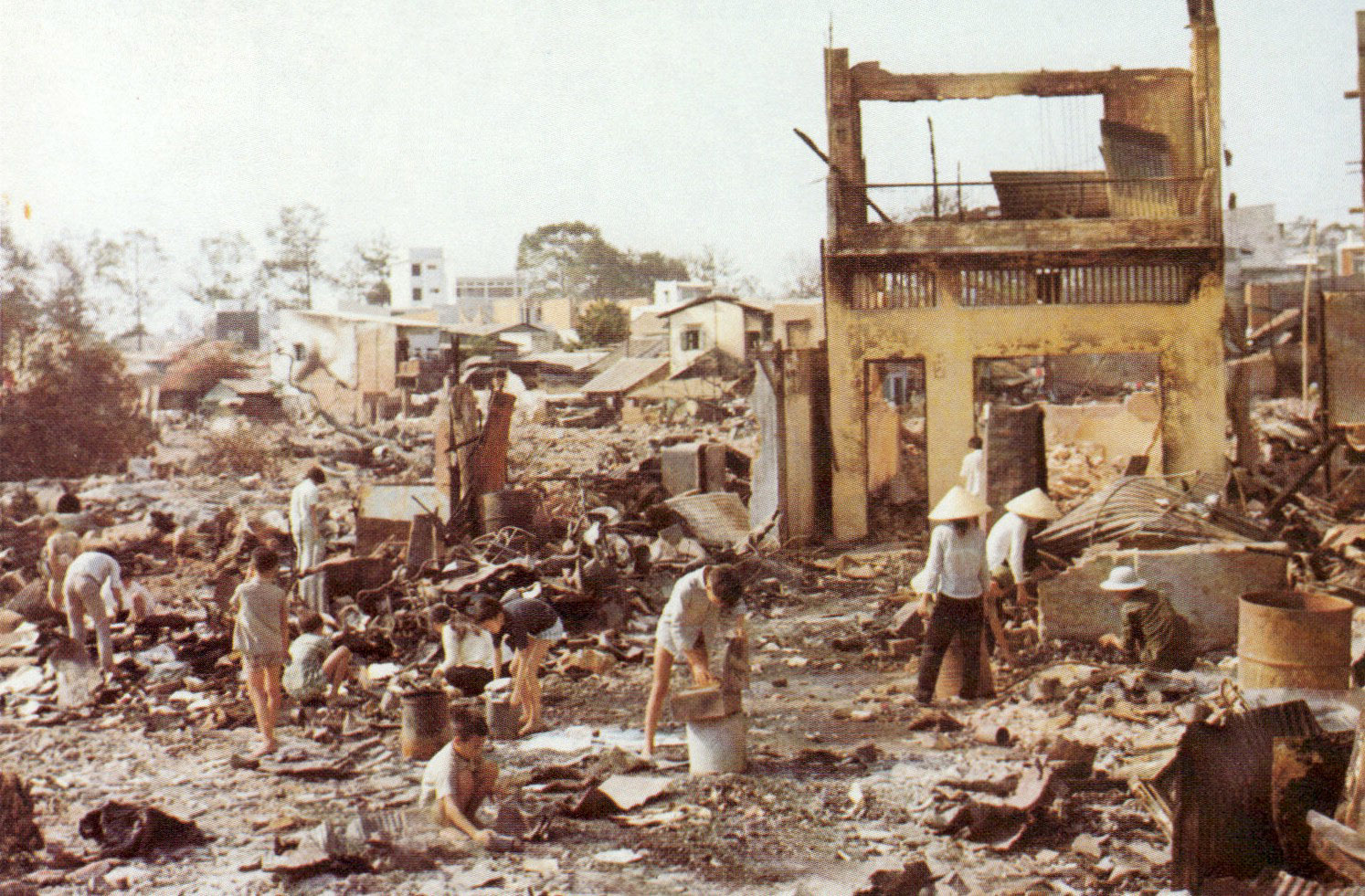
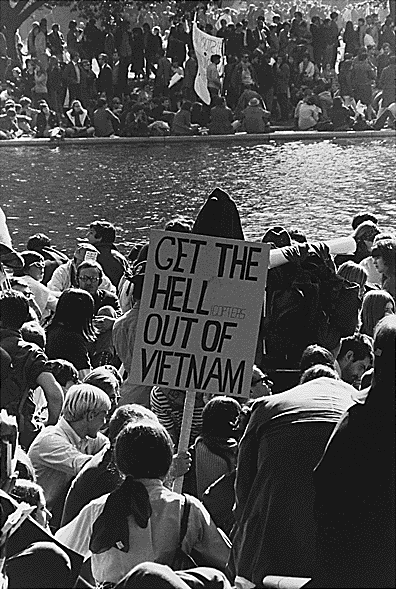
Successful
Korea
Cuba
Vietnam
Unsuccessful
Korea
Cuba
Vietnam
